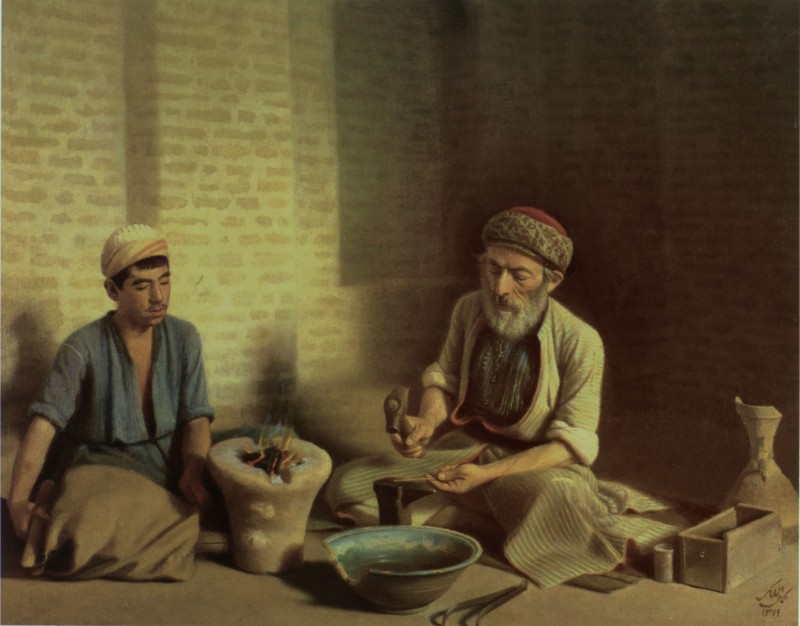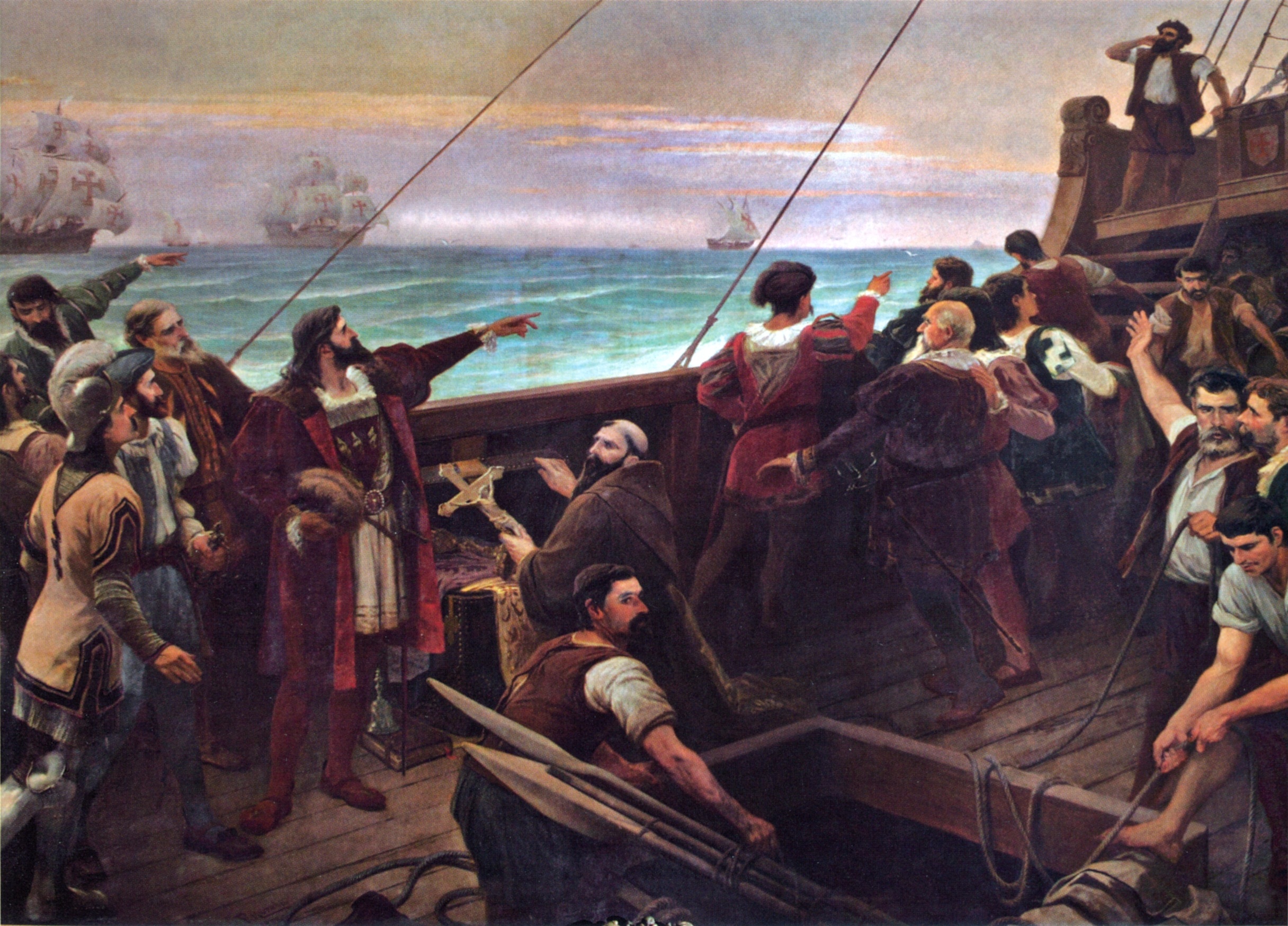|
Kaúlza De Arriaga
Kaúlza de Oliveira de Arriaga, OA, GCC, OC, OIH (18 January 1915 – 2 February 2004) was a Portuguese general, writer, professor and politician. He was Secretary of State (junior minister) of the Air Force between 1953 and 1955 and commander of the Terrestrial Forces in Mozambique from 1969 until 1974 during the Mozambican War of Independence. Ancestry He was a son of Manuel dos Santos Lima de Arriaga Nunes (1885-1940), a sculptor and son of a medical doctor from Pico Island, Azores, and his Portuguese Brazilian wife, Felicidade Eugénia Martins de Oliveira (1894-1987), daughter and granddaughter of goldsmiths. The couple married in Porto on 20 June 1914. Career Arriaga completed a degree in mathematics and engineering at the University of Porto and then volunteered for the Portuguese Army on 1 November 1935. Taking a military and civil engineering course in the Military Academy which he graduated from in 1939, he was later assigned to the general staff of the Portuguese ... [...More Info...] [...Related Items...] OR: [Wikipedia] [Google] [Baidu] |
Porto
Porto (), also known in English language, English as Oporto, is the List of cities in Portugal, second largest city in Portugal, after Lisbon. It is the capital of the Porto District and one of the Iberian Peninsula's major urban areas. Porto city proper, which is the entire concelho, municipality of Porto, is small compared to its metropolitan area, with an estimated population of just 248,769 people in a municipality with only . Porto's urban area has around 1,319,151 people (2025) in an area of ,Demographia: World Urban Areas , March 2010 making it the second-largest urban area in Portugal. It is recognized as a global city with a Gamma + rating from the Globalization and World Cities Research Network. Located along the Douro River estuary in northern Portugal, Porto is one of the oldest European centers and ... [...More Info...] [...Related Items...] OR: [Wikipedia] [Google] [Baidu] |
Portuguese Air Force
The Portuguese Air Force () is the air force, aerial warfare force of Portugal. Locally it is referred to by the acronym FAP but internationally is often referred to by the acronym PRTAF. It is the youngest of the three branches of the Portuguese Armed Forces. The Portuguese Air Force was formed on 1 July 1952, when the former (Army Aviation) and (Naval Aviation) were united and formed an independent air branch of the Armed Forces. However, the remote origins of the FAP go back to the early 20th century with the establishment of the first military air unit in 1911, the Military Aeronautics School in 1914, the participation of Portuguese pilots in World War I, the establishment of the Army, and the Navy aviation services. The FAP is commanded by the Chief of Staff of the Air Force (CEMFA), a subordinate of the Chief of the General Staff of the Armed Forces for operational matters and a direct subordinate of the Minister of National Defense for all other matters. The CEMFA is th ... [...More Info...] [...Related Items...] OR: [Wikipedia] [Google] [Baidu] |
Paratroopers
A paratrooper or military parachutist is a soldier trained to conduct military operations by parachuting directly into an area of operations, usually as part of a large airborne forces unit. Traditionally paratroopers fight only as light infantry armed with small arms and light weapons, although some paratroopers can also function as artillerymen or mechanized infantry by utilizing field guns, infantry fighting vehicles and light tanks that are often used in surprise attacks to seize strategic positions behind enemy lines such as airfields, bridges and major roads. Overview Paratroopers jump out of aircraft and use parachutes to land safely on the ground. This is one of the three types of "forced entry" strategic techniques for entering a theater of war; the other two being by land and by water. Their tactical advantage of entering the battlefield from the air is that they can attack areas not directly accessible by other transport. The ability of airborne assault to ... [...More Info...] [...Related Items...] OR: [Wikipedia] [Google] [Baidu] |
Conscription
Conscription, also known as the draft in the United States and Israel, is the practice in which the compulsory enlistment in a national service, mainly a military service, is enforced by law. Conscription dates back to antiquity and it continues in some countries to the present day under various names. The modern system of near-universal national conscription for young men dates to the French Revolution in the 1790s, where it became the basis of a very large and powerful military. Most European nations later copied the system in peacetime, so that men at a certain age would serve 1 to 8 years on active duty and then transfer to the reserve force. Conscription is controversial for a range of reasons, including conscientious objection to military engagements on religious or philosophical grounds; political objection, for example to service for a disliked government or unpopular war; sexism, in that historically men have been subject to the draft in the most cases; and ideol ... [...More Info...] [...Related Items...] OR: [Wikipedia] [Google] [Baidu] |
Portuguese Military Academy
The Military Academy (AM; ''Academia Militar'' in Portuguese) is a Portuguese military establishment, which has the ability to confer educational qualifications equivalent to a university. It develops activities of teaching, research and support for the communities with the purpose of training and forming officers for the Portuguese Army and the Republican National Guard. History The Military Academy has this designation since 1959, but the first such establishment occurred in 1640 when the Military Higher Education was created. Campus Currently, the Portuguese Military Academy is located in two different barracks, a main one in Lisbon's Bemposta Palace and a detachment in Amadora. Academics Army graduation programs * Master in military sciences, Cavalry (5 years) * Master in military sciences, Infantry (5 years) * Master in military sciences, Artillery (5 years) * Master in military sciences, Military administration (5 years) * Master in military engineering, Engineering ... [...More Info...] [...Related Items...] OR: [Wikipedia] [Google] [Baidu] |
University Of Porto
The University of Porto (''Universidade do Porto'') is a Portuguese public research university located in Porto, and founded on 22 March 1911. It is the second largest Portuguese university by number of enrolled students, after the University of Lisbon, and has one of the most noted research outputs in Portugal. History The University of Porto was founded by decree of 22 March 1911, issued by the Provisional Government of the First Portuguese Republic. While it is possible to point the university's predecessors as the Nautical Academy, established by King Joseph I in 1762, and the Drawing and Sketching Academy, created by Queen Mary I in 1779, the university was to be based primarily on higher education institutions created in the nineteenth century, namely the Polytechnic Academy (1836–1911) and Medical-Surgical Academy of Porto (1836–1911). The Polytechnic Academy's main purpose was the teaching of science and industrial engineering of all kinds, and professional speci ... [...More Info...] [...Related Items...] OR: [Wikipedia] [Google] [Baidu] |
Goldsmith
A goldsmith is a Metalworking, metalworker who specializes in working with gold and other precious metals. Modern goldsmiths mainly specialize in jewelry-making but historically, they have also made cutlery, silverware, platter (dishware), platters, goblets, decorative and serviceable utensils, and ceremonial or religious items. Goldsmiths must be skilled in forming metal through file (tool), filing, brazing, soldering, sawing, forging, Casting (metalworking), casting, and polishing. The trade has very often included jewelry-making skills, as well as the very similar skills of the silversmith. Traditionally, these skills had been passed along through apprenticeships; more recently jewelry arts schools, specializing in teaching goldsmithing and a multitude of skills falling under the jewelry arts umbrella, are available. Many universities and junior colleges also offer goldsmithing, silversmithing, and metal arts fabrication as a part of their fine arts curriculum. Gold Compar ... [...More Info...] [...Related Items...] OR: [Wikipedia] [Google] [Baidu] |
Portuguese Brazilian
Portuguese Brazilians () are Brazilian citizens whose ancestry originates wholly or partly in Portugal. Most of the Portuguese people, Portuguese who arrived throughout the centuries in Brazil sought economic opportunities. Although present since the onset of the Portuguese colonization of the Americas, colonization, Portuguese people began migrating to Brazil in larger numbers and without state support in the 18th century. The Portuguese prerogative According to the Constitution of Brazil, the Portuguese people have a special status in Brazil. Article 12, first paragraph of the Constitution, grants to citizens of Portugal with permanent residence in Brazil "the rights attached to Brazilians", excluded from the constitutional prerogatives of Brazilian born. Requirements for the granting of equality are: habitual residence (permanent), the age of majority and formulation of request from the Minister of Justice. In Brazil, the Portuguese may require equal treatment with regard t ... [...More Info...] [...Related Items...] OR: [Wikipedia] [Google] [Baidu] |
Azores
The Azores ( , , ; , ), officially the Autonomous Region of the Azores (), is one of the two autonomous regions of Portugal (along with Madeira). It is an archipelago composed of nine volcanic islands in the Macaronesia region of the North Atlantic Ocean, about west of Lisbon, about northwest of Morocco, about southeast of Newfoundland, Canada, and the same distance southwest of Cork, Ireland. Its main industries are agriculture, dairy farming, livestock, fishing, and tourism, which has become a major service activity in the region. In the 20th century and to some extent into the 21st, they have served as a waypoint for refueling aircraft flying between Europe and North America. The government of the Azores employs a large percentage of the population directly or indirectly in the service and tertiary sectors. The largest city of the Azores is Ponta Delgada. The culture, dialect, cuisine, and traditions of the Azorean islands vary considerably, because these remote island ... [...More Info...] [...Related Items...] OR: [Wikipedia] [Google] [Baidu] |
Pico Island
Pico Island (''Ilha do Pico,'' ) is an island in the Central Group, Azores, Central Group of the Portugal, Portuguese Azores. The landscape features an eponymous volcano, Mount Pico, Ponta do Pico, which is the highest mountain in Portugal, the Azores, and the highest elevation of the Mid-Atlantic Ridge. In the tradition of the Portuguese poet, Raul Brandão, Pico is referred to as the ''Ilha Preta'' ("Black Island"), for its black volcanic soils, which nourish its UNESCO-designated vineyards that once allowed the development of the island's economy. Pico is the second largest and, geologically speaking, the most recently formed island of the Azores, being around 300,000 years old. History The exact date of the island's discovery is not known. However, in the 1375 Catalan Atlas, Pico is depicted along several other islands of the Azores, where it is labelled as ''li colunbj''. In Cristoforo Soligo's map from 1475, Pico is described both as Don (honorific), Dom Diniz (or São ... [...More Info...] [...Related Items...] OR: [Wikipedia] [Google] [Baidu] |
Mozambique (Portugal)
Portuguese Mozambique () or Portuguese East Africa () were the common terms by which Mozambique was designated during the period in which it was a Portuguese Empire, Portuguese overseas province. Portuguese Mozambique originally constituted a string of Portuguese possessions along the south-east African coast, and later became a unified province, which now forms the Republic of Mozambique. Portuguese trading settlements—and later, territories—were formed along the coast and into the Zambezi basin from 1498 when Vasco da Gama first reached the Mozambican coast. Lourenço Marques (explorer), Lourenço Marques explored the area that is now Maputo Bay in 1544. The Portuguese increased efforts for occupying the interior of the colony after the Scramble for Africa, and secured political control over most of its territory in 1918, facing the resistance of some Africans during the process. Some territories in Mozambique were handed over in the late 19th century for rule by chartered ... [...More Info...] [...Related Items...] OR: [Wikipedia] [Google] [Baidu] |





